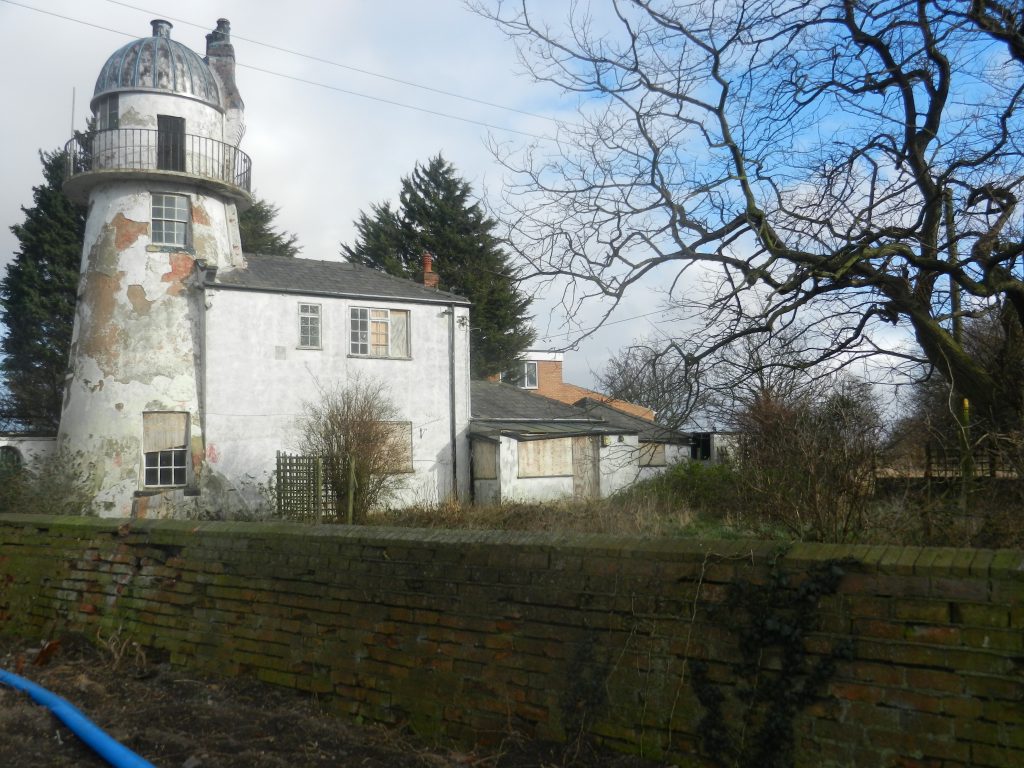
This will be the last post of this run and I have been reminded that to some extent recent posts have repeated some stuff recorded in the run ‘Humber Beacons’, written between 1st November 2022 and 15th December 2022. Here the features are written about in the context of walking the Humber bank. The above picture shows the south side of the third lighthouse built at Killingholme in the early 1850s. The attached two-storey lighthouse keeper’s house and single-storey outbuildings survive although no longer lived-in. The accommodation above was built two-storey as the earlier building of the same design had proved unsatisfactory until the chimney was raised to the height of the lighthouse. The purpose of this lighthouse was to signal a clear passage to Paull and Hull Roads. What I stated earlier was not correct, all three buildings at Killingholme Marsh initially had living space attached. The brick wall defined the lighthouse-keeper’s garden. By 1850s standards this will have been quality accommodation with the rent paid to Trinity House. The photo shows a post-war house on the north side of the lighthouse. I was surprised to find this abandoned as the last time I was in the area it was a family home with a number of cars stood in front. Apparently it has been bought by A.B.P. using a compulsory purchase order, this to make way for ‘future developments’. So two unoccupied houses – don’t tell the Home Secretary!